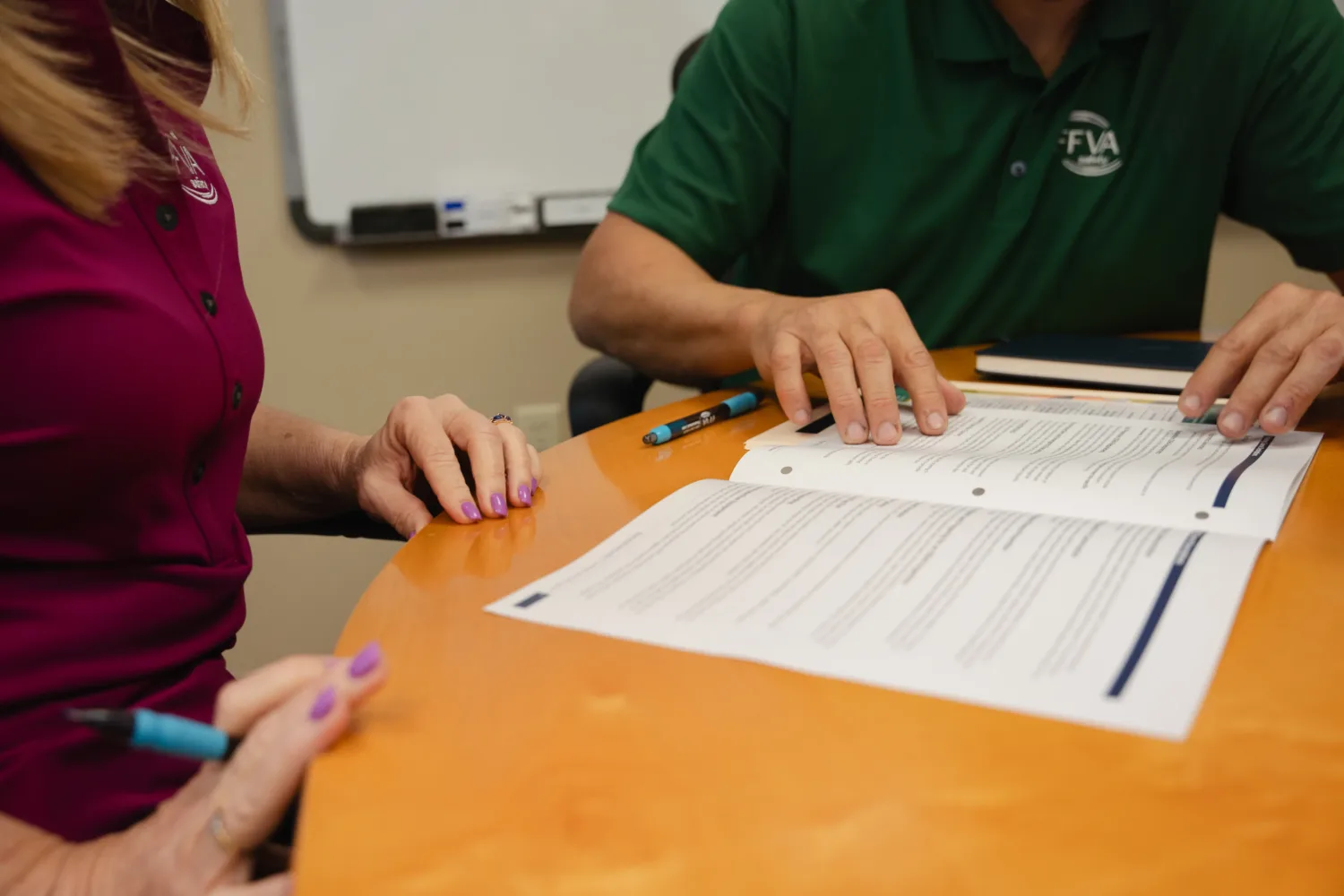Ensure Your Company Is Prepared for an Emergency
Every September, government agencies and organizations promote National Preparedness Month to remind employers and the general public about the importance of having an emergency action plan (EAP) to prevent injuries and save lives. This month-long awareness campaign provides businesses in every industry a perfect opportunity to review their EAPs and identify areas of improvement.
An effective EAP is not just about compliance — it’s about creating a safer work environment, reducing workplace injuries and protecting your business from costly disruptions. Whether it’s a fire, chemical spill or natural disaster, a well-prepared emergency plan can mean the difference between chaos and order.
What is an EAP?
According to the Occupational Safety and Health Administration (OSHA), an EAP, also known as an emergency action plan is a set of written policies that are “intended to facilitate and organize employer and worker actions during workplace emergencies and is recommended for all employers.” When paired with comprehensive employee training, an EAP can significantly reduce the frequency and severity of employee injuries during emergency situations, while also minimizing damage to your facility and business assets.

Since workplace emergencies come in many different forms, it’s important to include detailed procedures for a wide range of natural and man-made hazards, including:
- Floods, hurricanes, tornadoes
- Fires, toxic gas releases, chemical spills, explosions
- Civil disturbances, workplace violence
Why Emergency Planning Is Essential for Businesses
Having an EAP in place is just smart business. Here’s why:
- Keeping everyone safe: First and foremost, an emergency plan is your blueprint to make sure everyone gets out safe and sound in the case of a workplace emergency.
- Protecting your assets: An EAP helps you shield your business, whether it’s from a fire, flood or natural disaster.
- Going back to business: With a robust emergency response plan in place you’re also preparing for what comes after an emergency, ensuring your business gets back on its feet faster.
- Boosting your brand: When clients and partners see you’re prepared, it sends a strong message. Your business isn’t only about profits — it’s about people too.
- Cutting down costs: Believe it or not, being prepared might just save you some money in the long run. Fewer damages, lower liabilities and reduced insurance premiums.
The key to developing an effective EAP is to anticipate these and other hazards that might pose a risk to your employees’ health and safety. While it may be impossible to predict when an emergency situation may occur, having the right policies and procedures in place will allow your workers to take decisive action and look out for one another during the evacuation process. So how can employers create a comprehensive EAP?
Develop an Effective Emergency Action Plan
There are a variety of online resources, including OSHA’s eTool, that help employers create a basic EAP – and it’s crucial to tailor your policies to the specific hazards your workers may encounter. For example, facilities on the Southeast Coast are more likely to experience hurricanes than workplaces located in the Midwest. Since every region of the U.S. has its own seasonal weather patterns, and every industry contends with different occupational risks, a thorough hazard assessment is the best place to start.
Here are 5 Key Questions to Ask when Planning an Emergency Action Plan:
- Which natural disasters are most common in my area?
- What other physical hazards could lead to an emergency situation?
- Which substances (chemical, radioactive, etc.) could pose a risk to employee health and safety?
- What specific equipment or machinery could start a fire?
- How many evacuation routes are there in my facility?
After you’ve conducted a thorough risk assessment, the next step is to create detailed response and evacuation plans that describe how employees will respond to each specific hazard. These procedures should take the layout and structural features of your workplace into account, along with any automated emergency systems you may have installed. Employers who own and operate more than one worksite should create a separate EAP for each location to ensure all evacuation routes are accurate and up to date. Keep in mind, emergency preparedness is an ongoing process, which is why employers should continuously review their response plans and update their policies if new hazards are identified.
Emergency Preparedness and OSHA Compliance
The primary purpose of an EAP is to protect employees during workplace emergencies, but they are also essential for remaining compliant with OSHA’s occupational standards for general industry (29 CFR 1910), construction (29 CFR 1926) and maritime (29 CFR 1915, 1917 and 1918) worksites.
According to OSHA’s general industry guidelines, all emergency action plans must, at a minimum, include the following components:
- Processes for reporting fires and other emergencies
- Evacuation plans and emergency escape route assignments
- Emergency procedures for all employees who remain onsite to facilitate critical plant operation before evacuating
- Methods of accounting for all employees following an emergency evacuation
- Medical and rescue duties for workers who may perform them
- Names and job titles of individuals who can be contacted
While not required, OSHA also recommends employers include detailed descriptions of alarm systems that can be used to notify workers about ongoing emergencies and the need to evacuate.
Every worksite should have a designated meeting area that emergency vehicles and first responders can easily access. This will allow medical personnel to administer potentially life-saving treatment to employees who have been seriously injured employees. It’s also important to store workers’ emergency contact information in a secure on- or off-site location, along with any crucial legal or financial records that insurers may request.
If you’re looking to create or improve your emergency action plan, FFVA Mutual can help! To learn more, browse our safety resources or download our helpful Emergency Action Plan Checklist today!






























